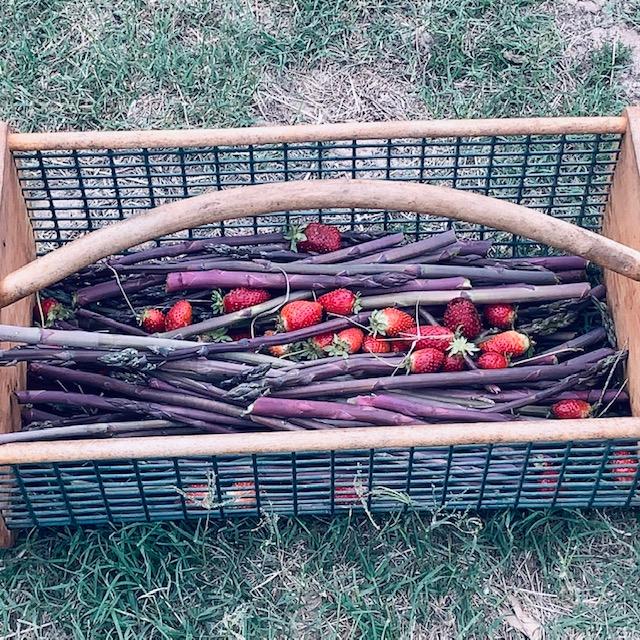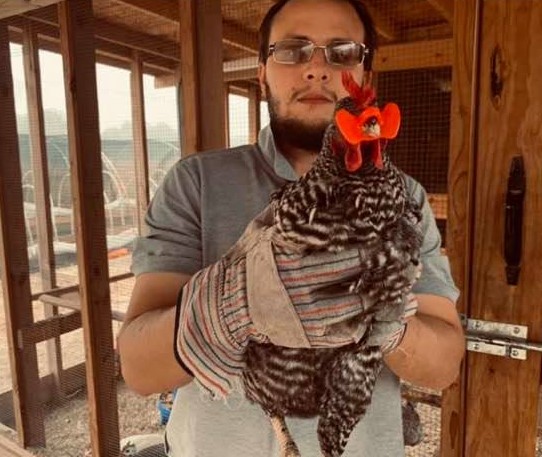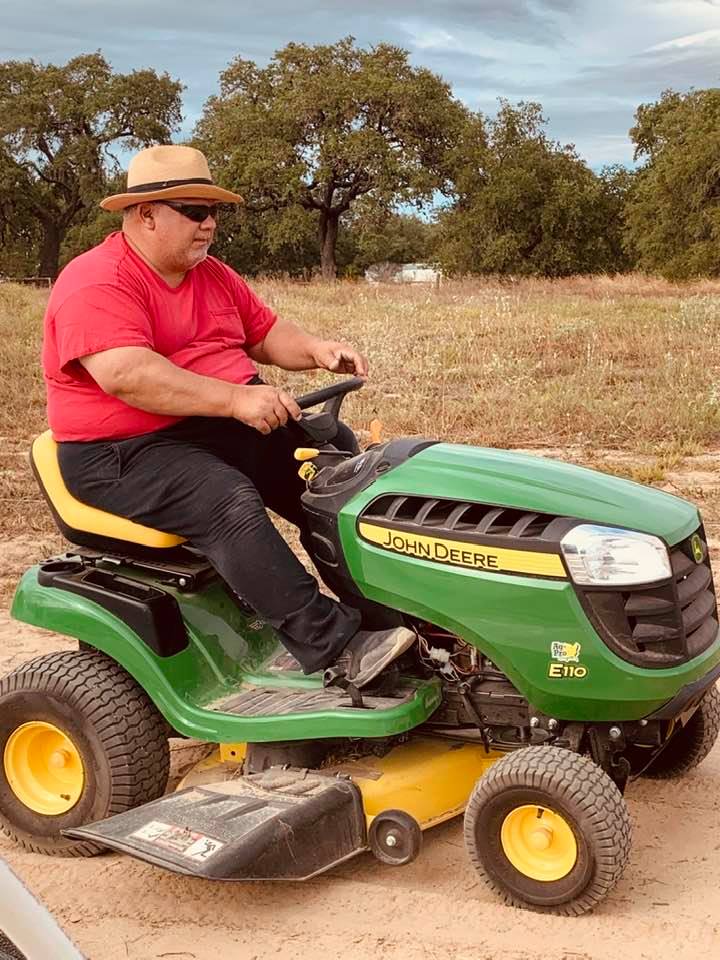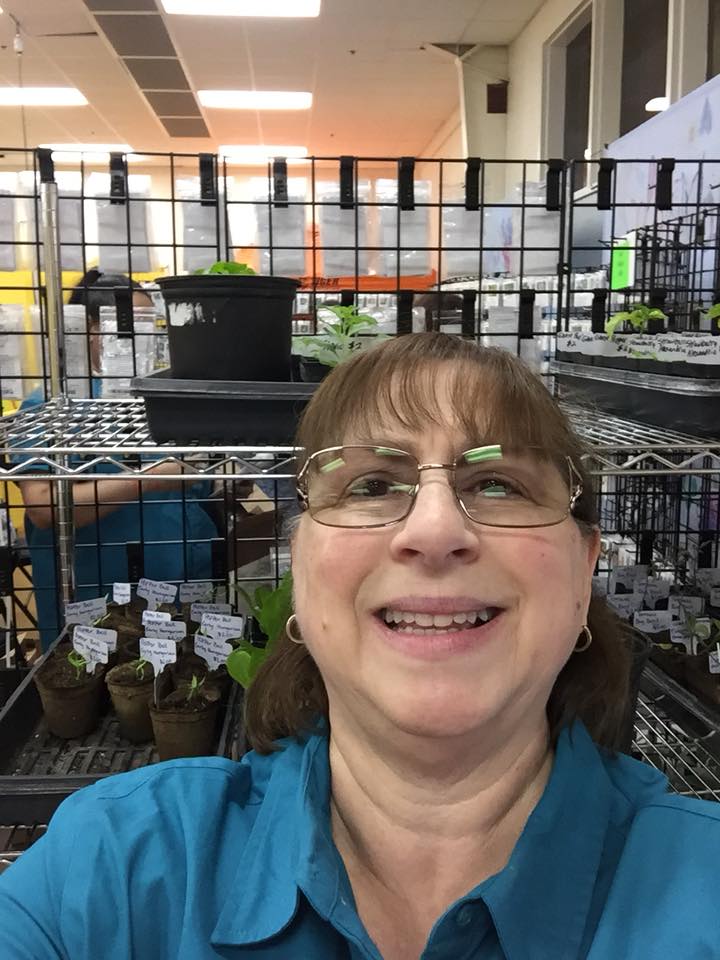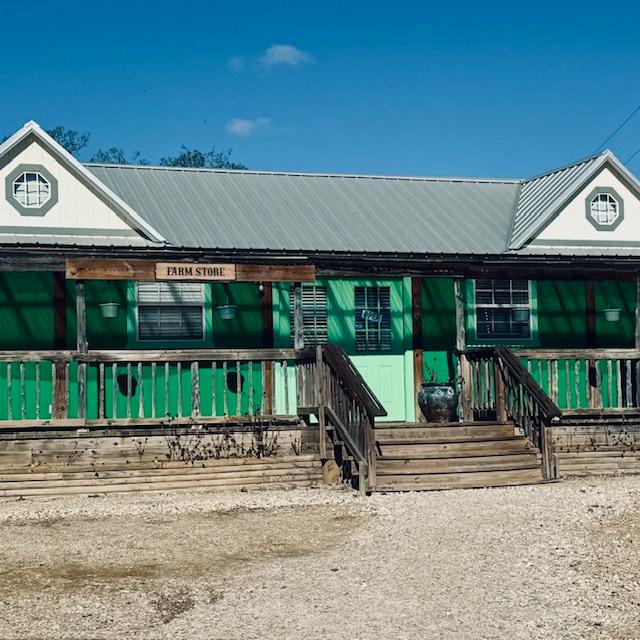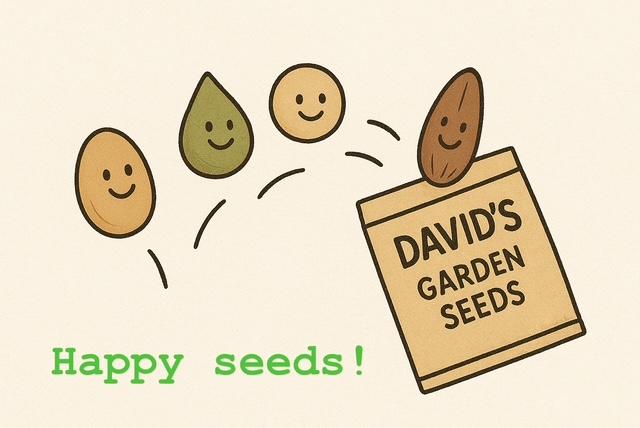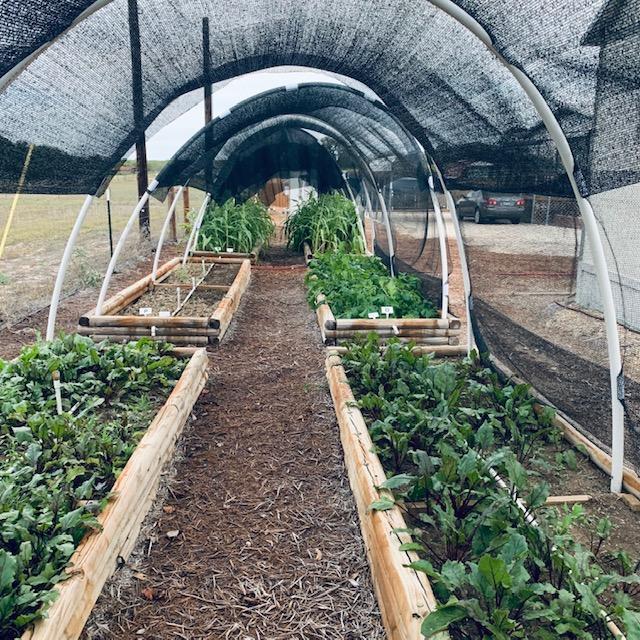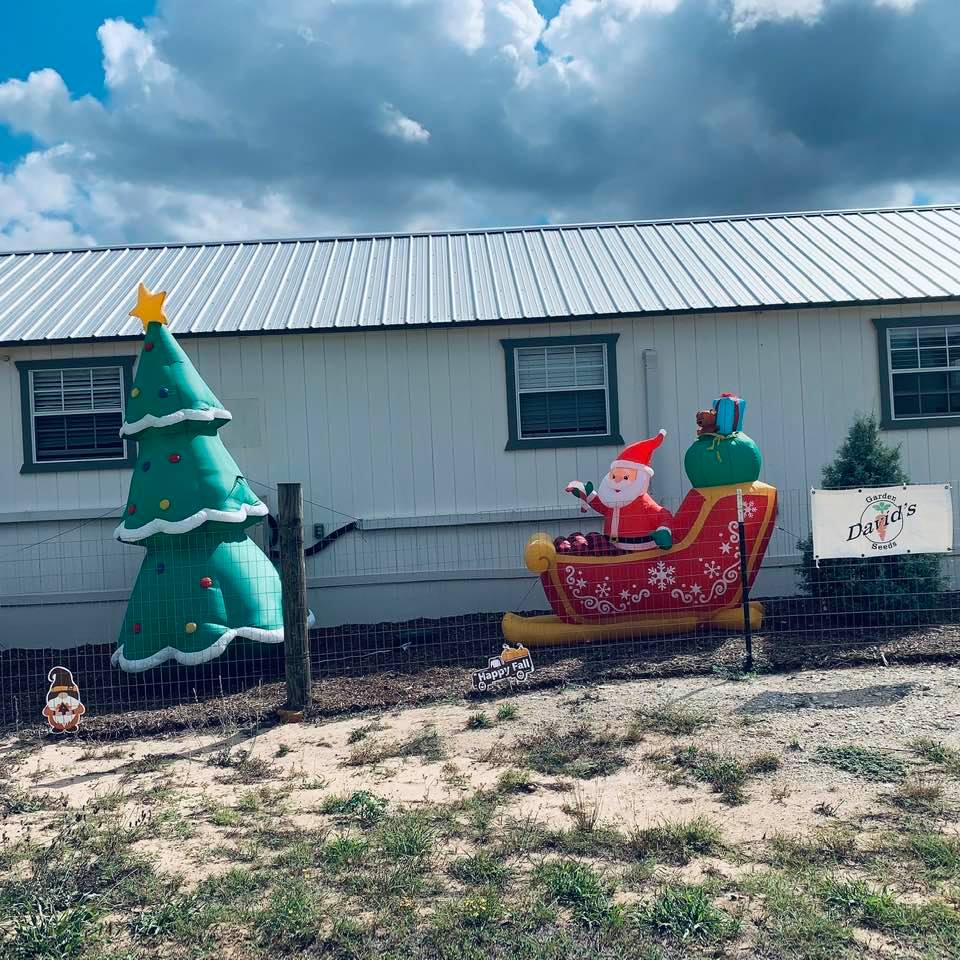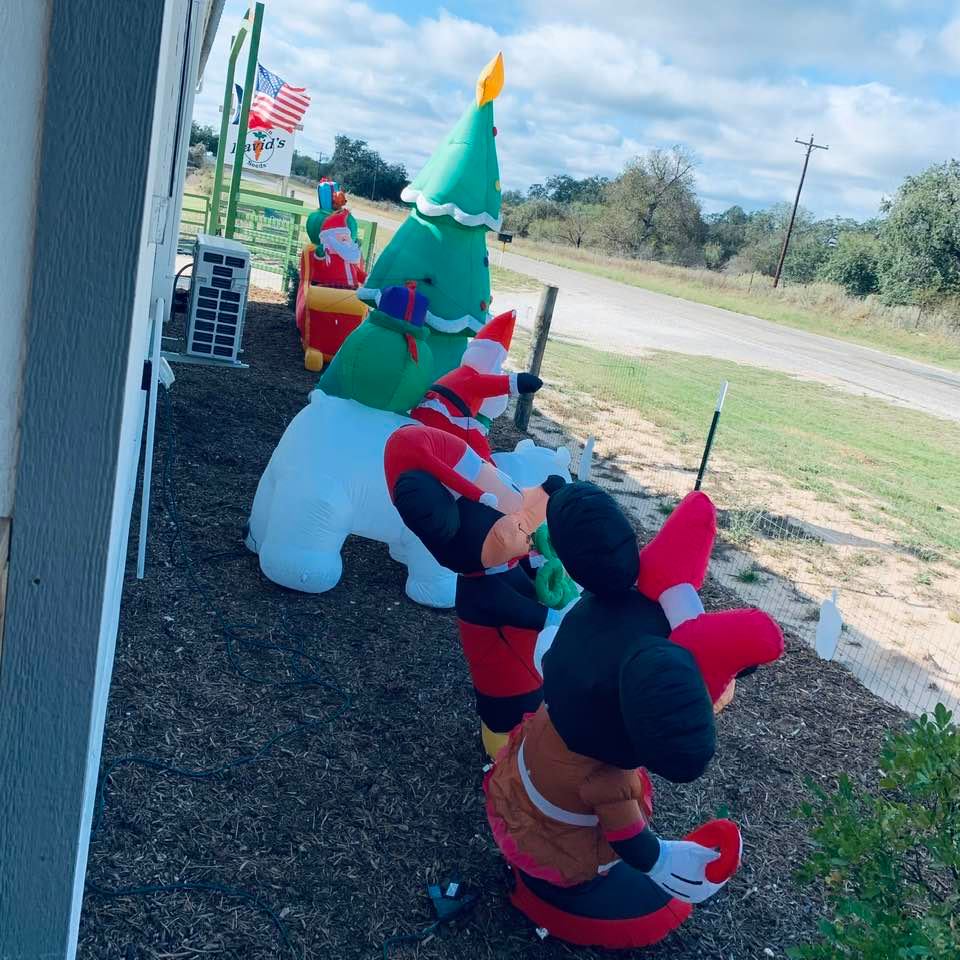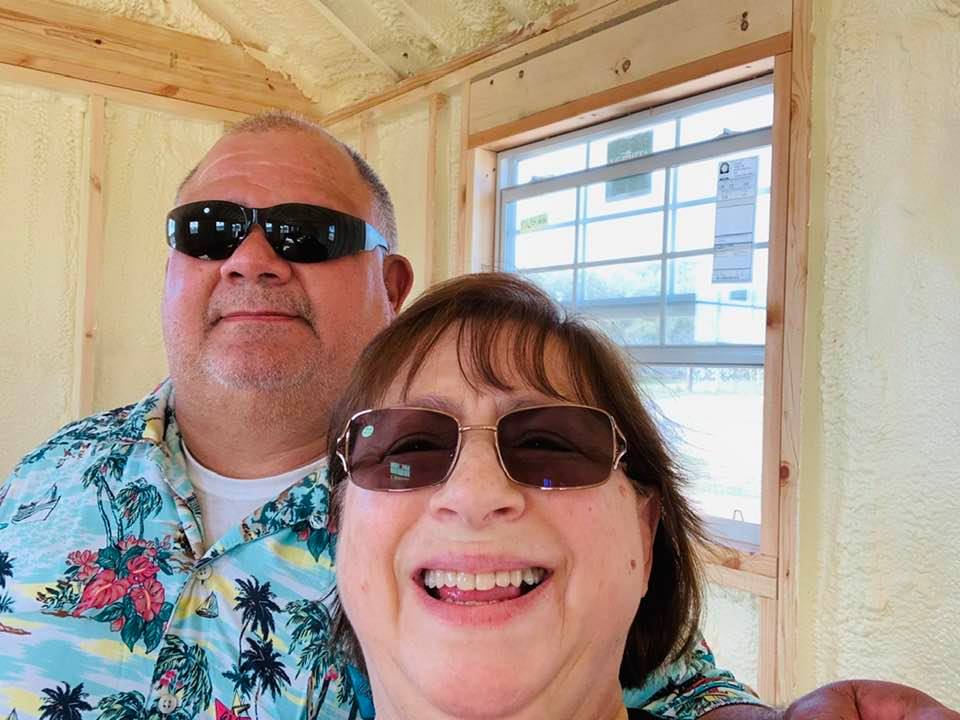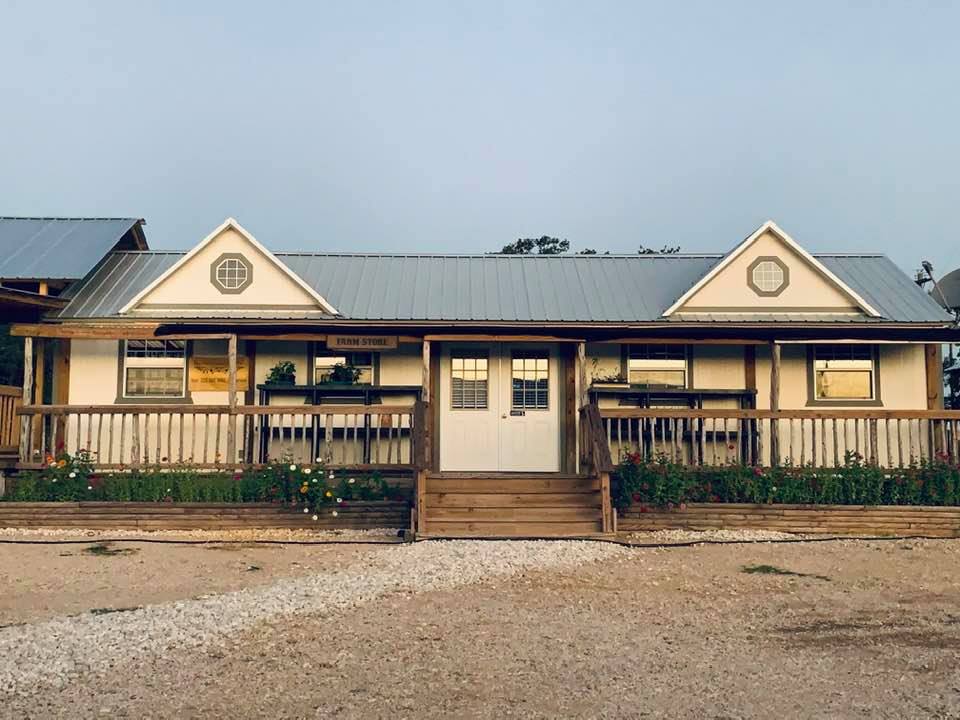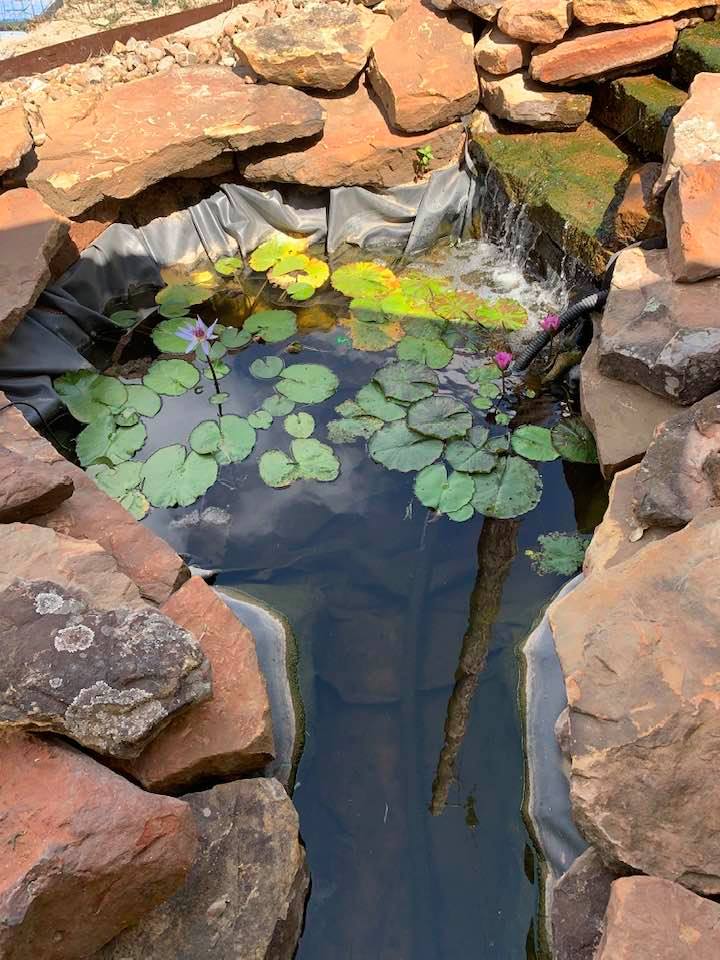Grow Asparagus
You should grow asparagus in the spring and in two to three years, you can start eating fresh veggies that will grow for the next 15 to 20 years. You can either plant asparagus seeds or asparagus crowns. In our farm garden, we have done both. I first planted Purple Passion Asparagus crowns in April of 2020. The asparagus came up in 2020, but we left it alone. Then when it came up in 2021, we picked it and ate it. If you use seeds for asparagus, you need to wait for two to three years before eating it so that the asparagus can get established and can last for up to 20 years.
Asparagus is a great way to eat healthy. It can help to lower your blood pressure and can help with your digestion.
Grow Asparagus
You can find our Asparagus seeds here. Sometimes, we have crowns but most of the time, we do not.
First, you need to plant asparagus in the spring, once the danger of frost is past.
Choosing a place to put your asparagus is critical because the asparagus will be growing where you put it for up to the next 20 years. Make sure it can get at least six to eight hours of sun per day. If you live in Texas, like we do, you may want to put it in a shade cloth covered PVC hoop house. Our sun here is so strong that we have to do that to protect our asparagus plants from burning up.
Asparagus loves well draining, loose soil. That is good because all we have is loose, well draining sand from the beach. That is it. We add compost but 300 feet down, it is still all sand. (Melons and berries love this soil, too.)
Asparagus seeds are not difficult to germinate, contrary to popular belief. We sell seeds for a living and have sold literally thousands of packs of asparagus seeds. As long as you plant them in warm, spring soil, about 1/4 inch deep, they will do fine. We have two hoop houses filled with asparagus in both green and purple and more than half of it comes from seeds.
Asparagus crowns come from asparagus seeds that have been growing for one to two years. They are small with a good root system.
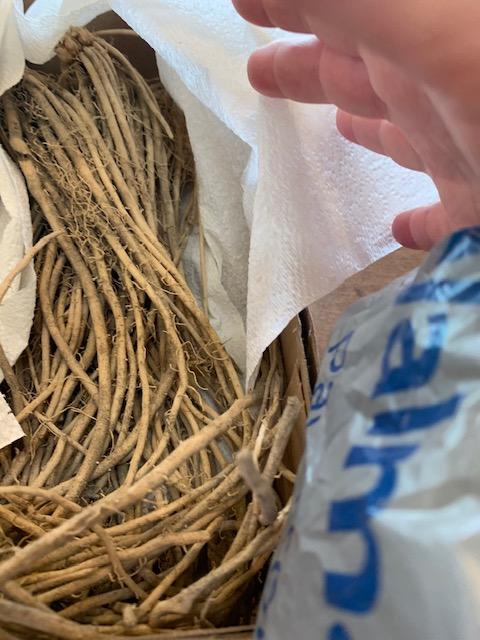 These are asparagus crowns (at the top) with long roots. Divide the roots in the middle. Half go to each side with the crown up as you place them two inches deep in the garden.
These are asparagus crowns (at the top) with long roots. Divide the roots in the middle. Half go to each side with the crown up as you place them two inches deep in the garden.Planting Asparagus Crowns
If you choose to use asparagus crowns, just dig a trench that is six inches deep and eight inches wide. Place a crown in it every 18 inches. Fold half of the roots out to the left and half out to the right and put it down in the trench with the crown side up and the root side down. Cover with about two inches of dirt. Do not put all six inches of dirt back in the trench. If you are doing multiple rows, there should be about one foot between rows.
Once the crowns begin to grow up, you can gradually add the rest of the soil back into the trench, covering the crowns.
Remember, the first year that asparagus shoots grow up, you are not picking them. This allows the roots to get established and grow strong so they can support many years of giving you shoots to eat. Then there will be ferns that come up. The more ferns in summer and fall that you get mean you will get a bigger and better harvest the next spring of delicious tender asparagus shoots. Leave all of the fern mess alone until the first freeze in late fall hits turning them all yellow. At that point, cut everything down, leaving an inch above ground on every stem.
Cover the whole bed with mulch or hay for the winter. The following spring, when the tender asparagus comes up out of the ground, it is all yours for the taking. You will probably harvest every single day during the spring and early summer. Once it is done, those ferns will once again come up. Leave them until the first frost turns them yellow. Cut to one inch above ground and cover again with mulch or hay.
Planting Asparagus Seeds
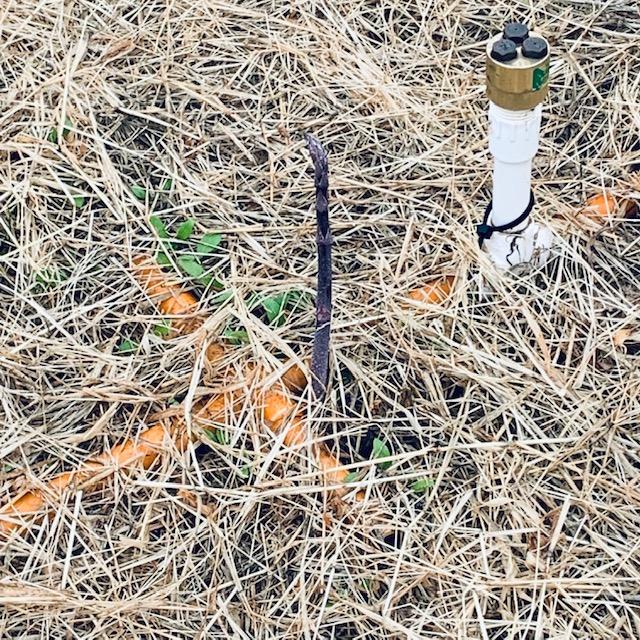 The first shoot of spring! Coming up through the hay, there will be soon be lots of purple asparagus to enjoy. It is best fresh out of the garden.
The first shoot of spring! Coming up through the hay, there will be soon be lots of purple asparagus to enjoy. It is best fresh out of the garden.We recommend that you start to grow asparagus seeds in small pots indoors, preferably in a greenhouse or under a grow light in your home or potting shed. Do not plant deep. We recommend that you plant about 1/4 inch and bottom water the trays that the pots are in so you do not dislodge the seeds. Be patient because it can take up to 30 days for your asparagus seeds to germinate.
Once the plants are about three inches tall, transplant to warm garden soil out in your raised beds. Remember that they should be getting six to eight hours of sunlight per day. If you live in a very warm climate like Texas, protect your plants with shade cloth.
Here at David's Garden Seeds®, we sell a lot of asparagus seeds. I always explain that for the first two to three springs, you cannot touch the asparagus shoots or you will deplete energy from the roots so they will not get properly established to last for the next 20 years. Don't touch the shoots for the first two springs. Then on the third spring growing period, you can actually harvest some of the beginning shoots to eat. Once you have harvested them for the first month or so, stop. Let the rest just stay in the garden to strengthen the roots again.
By year four, harvest all of the shoots.
Each year, just as with crowns, once the shoots are done, there will be ferns that come up. The more ferns in summer and fall that you get mean you will get a bigger and better harvest the next spring of delicious tender asparagus shoots. Leave all of the fern mess alone until the first freeze in late fall hits turning them all yellow. At that point, cut everything down, leaving an inch above ground on every stem.
Every spring the tender shoots that come up will actually be a little thicker than the year before. Soon, you are getting nice, thick shoots that taste delicious.
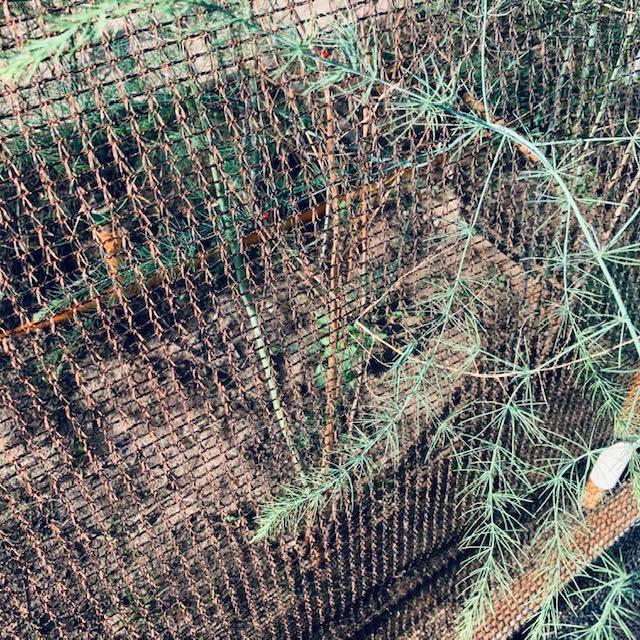 Through the shade cloth, you can see the asparagus ferns have started to yellow from fall frost. Once they are yellow, cut them to just one inch above the ground and mulch or cover with hay.
Through the shade cloth, you can see the asparagus ferns have started to yellow from fall frost. Once they are yellow, cut them to just one inch above the ground and mulch or cover with hay.Cover the whole bed with mulch or hay for the winter. The following spring, when the tender asparagus comes up out of the ground, it is all yours for the taking. You will probably harvest every single day during the spring and early summer. Once it is done, those ferns will once again come up. Leave them until the first frost turns them yellow. Cut to one inch above ground and cover again with mulch or hay.
 This hoop house is completely planted with asparagus. The ferns are now cut down and the beds are mulched with hay for the winter.
This hoop house is completely planted with asparagus. The ferns are now cut down and the beds are mulched with hay for the winter.Grow Asparagus - Fertilizing Asparagus
You should fertilize your asparagus one time in early spring before the plants start producing shoots to eat. Fertilize again in the fall once the shoots are no longer coming up. Of course, the ferns will be up. David prefers to use liquid fish fertilizer.
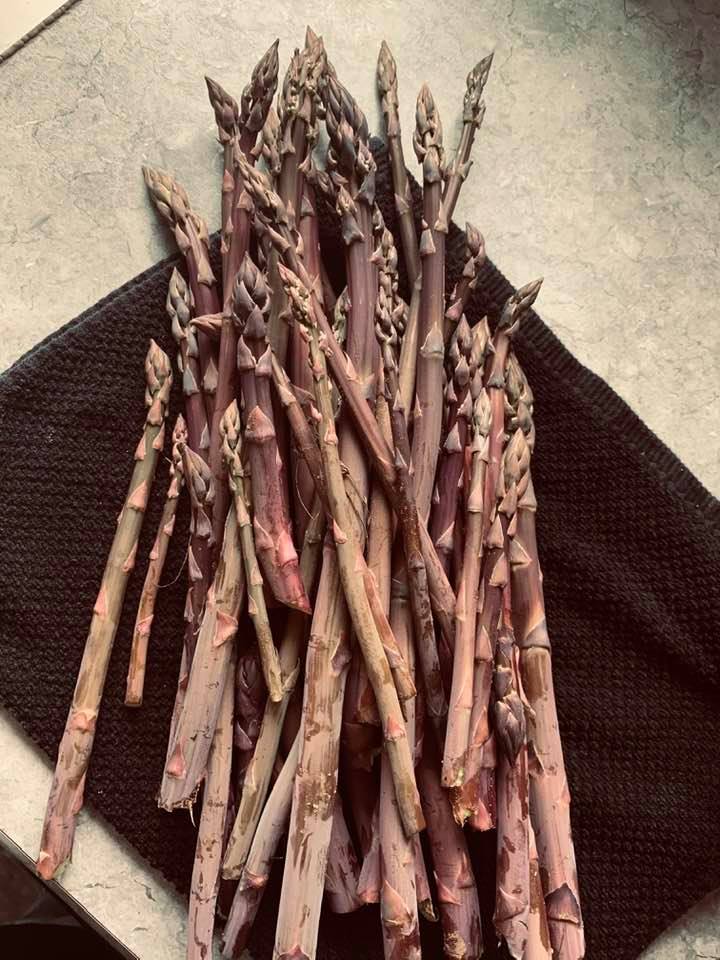 Our first asparagus harvest on March 21, 2021 from Purple Passion asparagus crowns. It was delicious.
Our first asparagus harvest on March 21, 2021 from Purple Passion asparagus crowns. It was delicious.Grow Asparagus - Harvesting Your Asparagus
Once it is okay for you to pick some asparagus, make sure that it is at least 1/4 inch wide and between six and ten inches tall before you cut the tender shoots. Try one out of the garden. It is so good. They can be served raw, steamed, cooked and buttered, or roasted with olive oil in the oven. They can be pickled or blanched and frozen for long term storage.
Return from Grow Asparagus to Grow Potatoes
Anything To Share On This Topic?
Would you like to share additional information about this topic with all of us?
Since 2009, over 2,000,000 home gardeners, all across the USA, have relied on David's Garden Seeds® to grow beautiful, productive gardens. Trust is at the heart of it. Our customers know David's Garden Seeds® stocks only the highest quality seeds available. Our mission is to become your lifetime supplier of quality seeds. It isn't just to serve you once; we want to earn your trust as the primary supplier of all of your garden seeds.
Watch Our 2022 TV Commercial!
Sing Along To Our Jingle
♪♫♪♪ ♫ ♪ ♫♪♫♫
♪♫♪♪♫♫
Peppers and peas
And lots of yummy greens
You can't go wrong
With Squash This Long
At David's Garden Seeds
♪ ♫ ♪ ♫
Our New 2024 TV Ad
Please like and subscribe on YouTube and come visit us at our Farm Store! The music on our TV ad was written, played, and sung by our son, Matthew Schulze. You can meet him when you come to the farm. He just might give you a tour. Ask him to grab a guitar and sing our jingle that he wrote.

We are David's Garden Seeds®. If you need great seeds, we've got over 1,200 varieties to choose from.
Subscribe To Mrs. David's Garden Seeds® Newsletter For FREE!
Find out what is going on down on the farm by reading our blog and by subscribing to our free newsletter for all of the information going down at David's Garden Seeds® and on the farm. I love to share helpful information with you. Please let your friends know and y'all come on down for a visit when you get the chance. We would love to meet you!
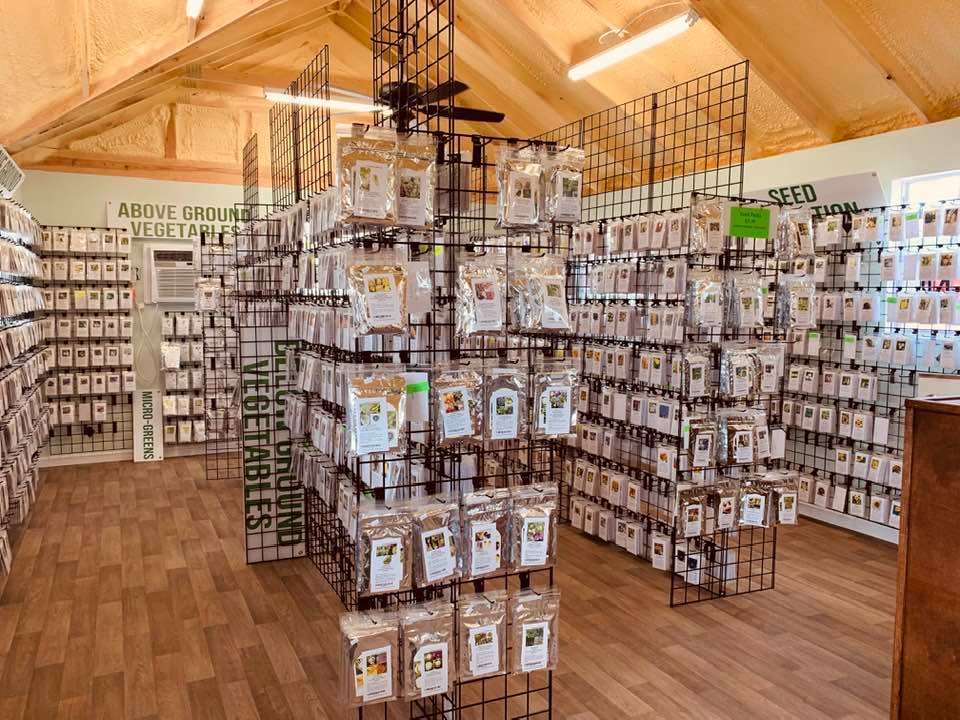
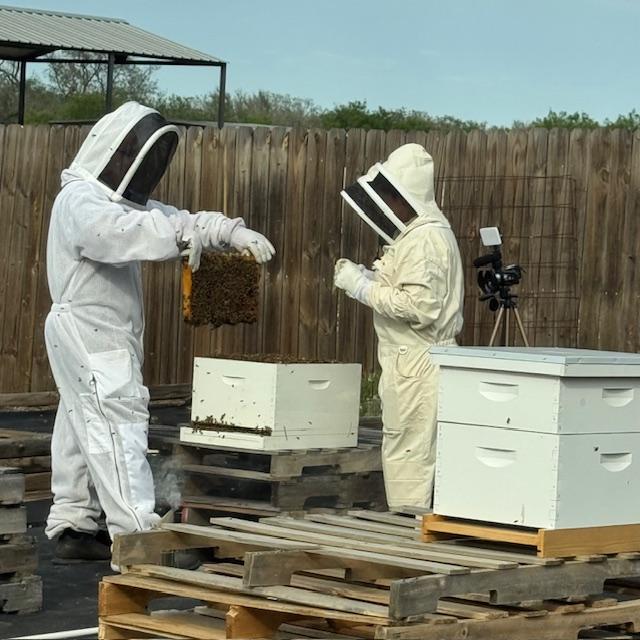 Our bee hives
Our bee hives Our fish pond
Our fish pond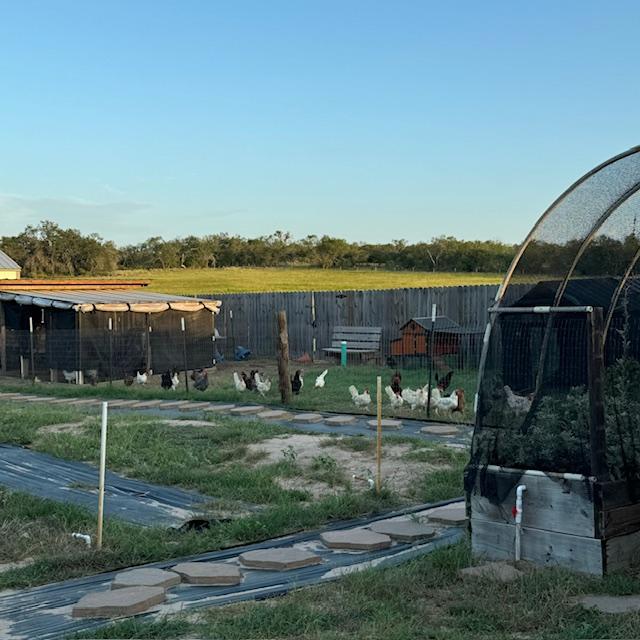 Our chickens
Our chickens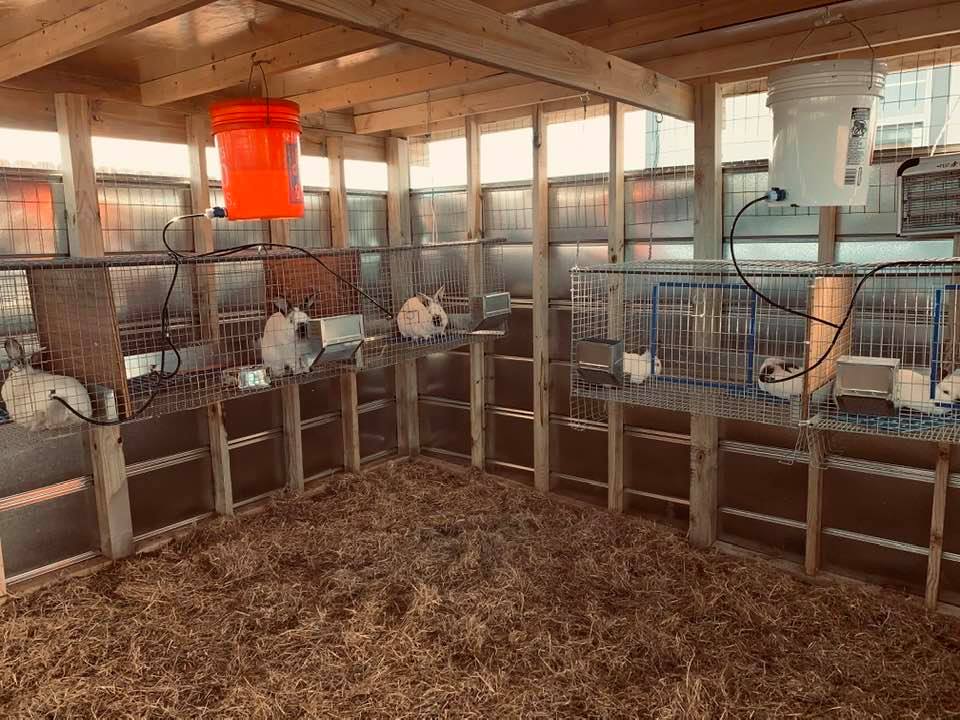 Our bunny rabbits
Our bunny rabbits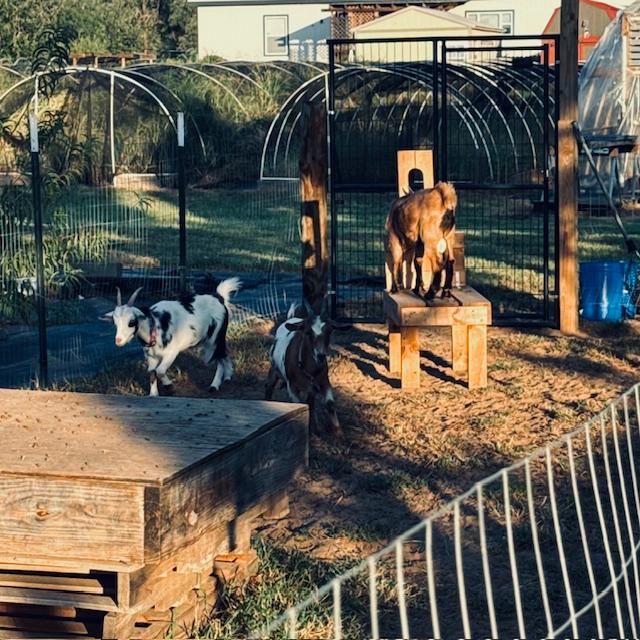 Our Nigerian Dwarf goats
Our Nigerian Dwarf goats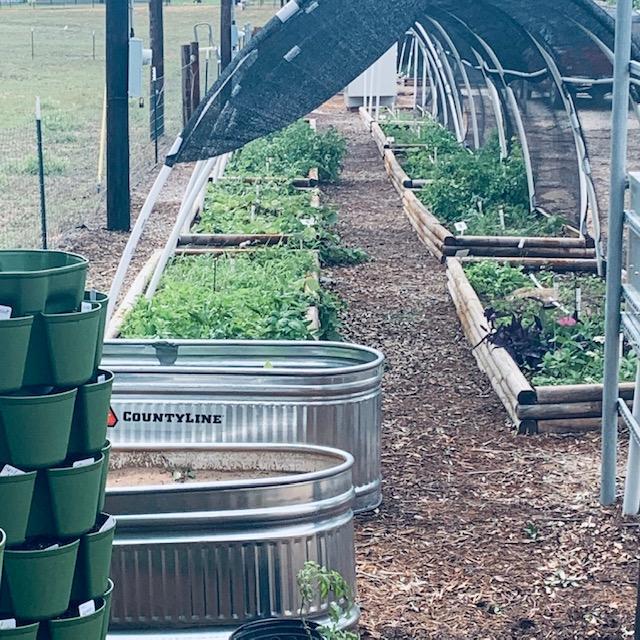 A few of our raised garden beds
A few of our raised garden beds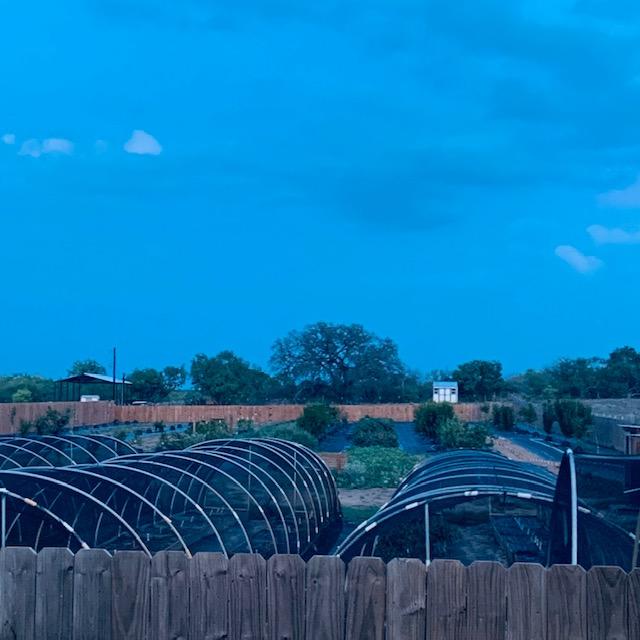 Our orchard and hoop houses
Our orchard and hoop houses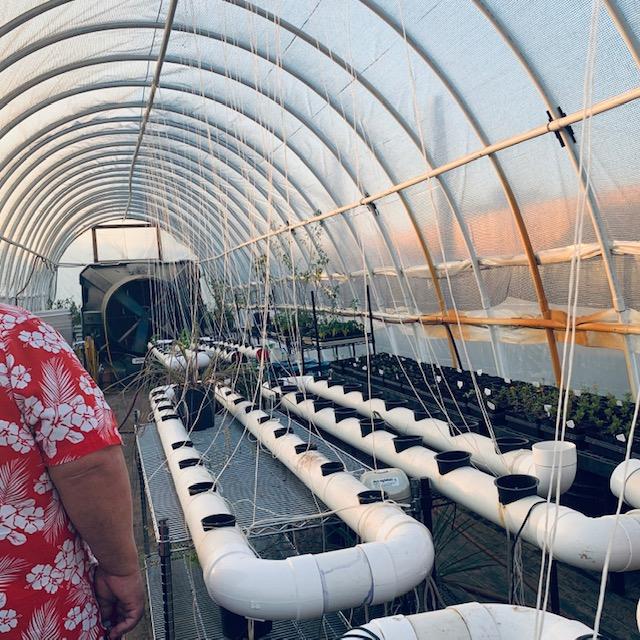 Inside our high tunnel
Inside our high tunnel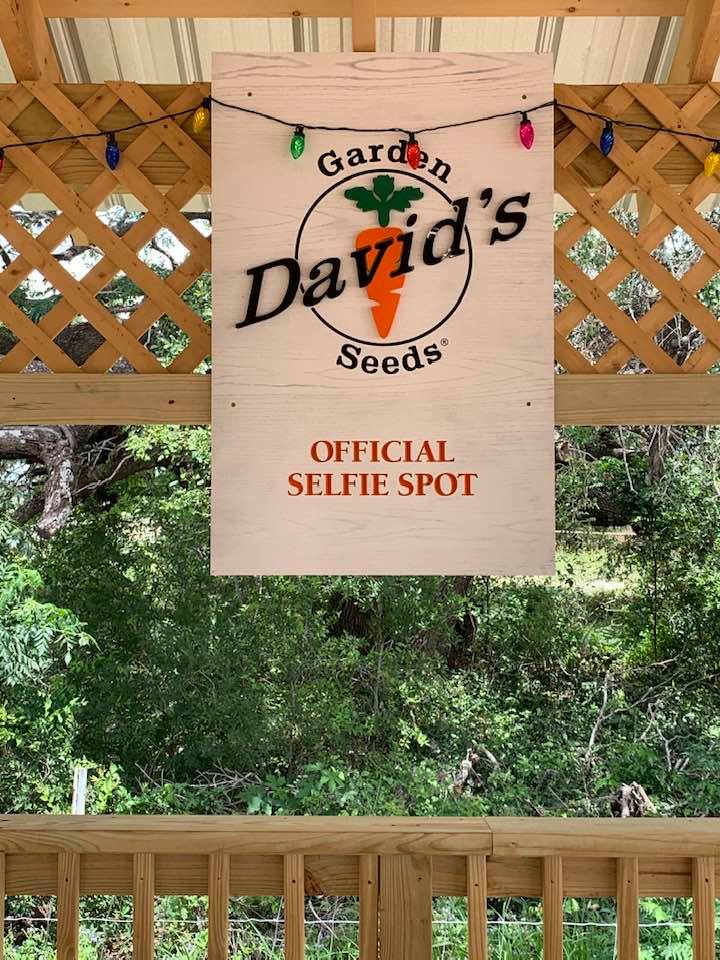 Take a selfie at our official selfie spot!
Take a selfie at our official selfie spot!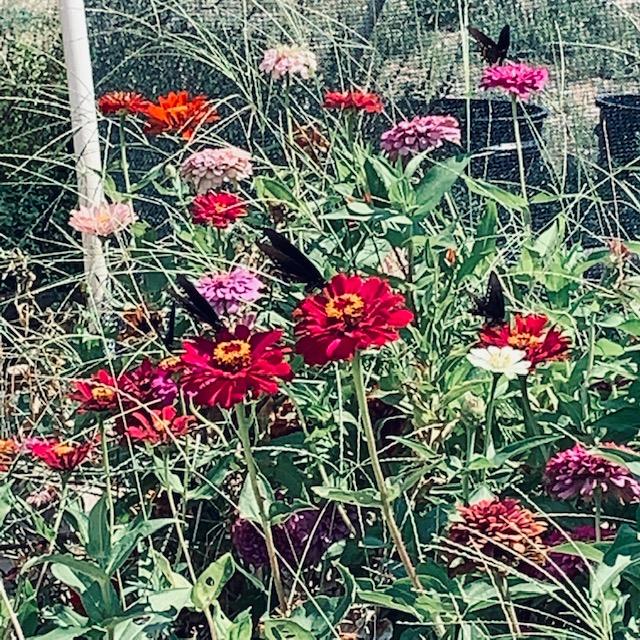 Flowers, bees, and butterflies are everywhere!
Flowers, bees, and butterflies are everywhere!